Scientist of the Day - Christian Ehrenberg
Christian Ehrenberg, a German microscopist, was born Apr. 19, 1795. Ehrenberg studied “infusoria,” which was what 19th-century investigators called protozoa. Earlier microscopists, going all the way back to Leeuwenhoek in the late 17th century, had noticed tiny creatures like Volvox and Vorticella, but Ehrenberg made these “animalcules” his own special province, publishing a beautifully illustrated folio on them, Die Infusionsthierchen als volkommene Organismen (Infusoria as Perfect Organisms) in 1838, with hand-colored plates.
Ehrenberg was opposed to contemporary ideas that infusoria were generated spontaneously from decaying matter, and he countered such arguments by claiming to see, in such simple organisms, complete circulatory, gastric, nervous, and sexual systems, belying the possibility that they could have arisen directly from inorganic material. Unfortunately for Ehrenberg’s later reputation, Vorticella does not have a stomach, or heart, or sexual organs, and this was demonstrated conclusively by Felix Dujardin in 1841.
Nevertheless,Ehrenberg was still regarded in his day as the supreme authority on microbial life, and when Charles Darwin wanted some wind-borne dust from HMS Beagle analyzed for the possible presence of microscopic life, it was Ehrenberg to whom he chose to send his specimens (and Ehrenberg did indeed find infusoria in Darwin’s samples).
The first four images above are from our copy of Ehrenberg’s book; they show Vorticella, Volvox, and Closterium; a copepod can be seen in the first image, which is a detail of the second. We displayed Ehrenberg’s Die Infusionsthierchen in our Grandeur of Life exhibition in 2009.
The portrait (fifth image) that is reproduced on Wikipedia seems genuine enough, but we have been unable to determine where the original portrait is located.
Dr. William B. Ashworth, Jr., Consultant for the History of Science, Linda Hall Library and Associate Professor, Department of History, University of Missouri-Kansas City. Comments or corrections are welcome; please direct to ashworthw@umkc.edu.

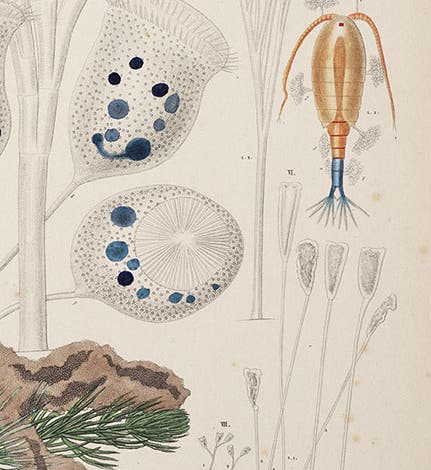
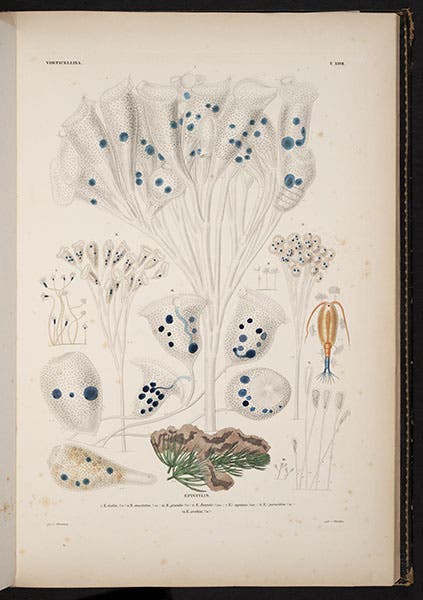
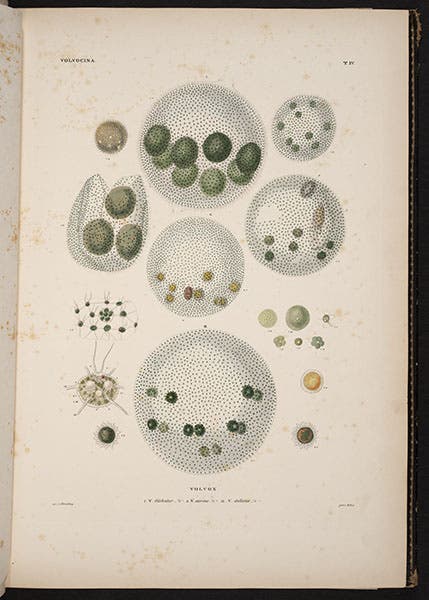
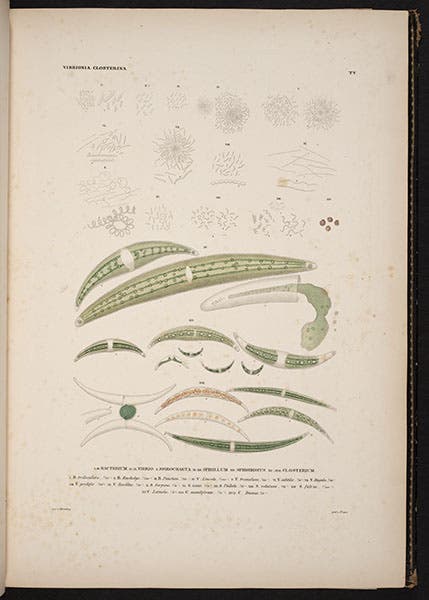
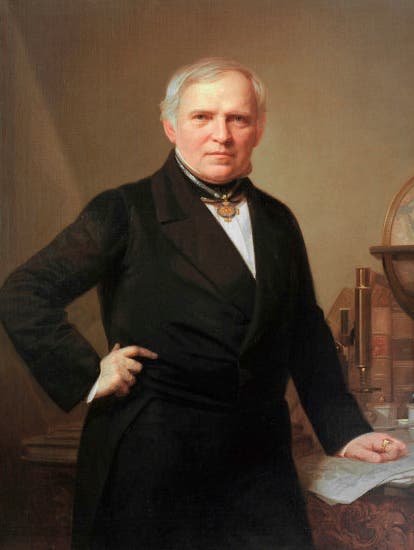



![Columbine, hand-colored woodcut, [Gart der Gesundheit], printed by Peter Schoeffer, Mainz, chap. 162, 1485 (Linda Hall Library)](https://assets-us-01.kc-usercontent.com:443/9dd25524-761a-000d-d79f-86a5086d4774/3829b99e-a030-4a36-8bdd-27295454c30c/gart1.jpg?w=210&h=210&auto=format&fit=crop)
